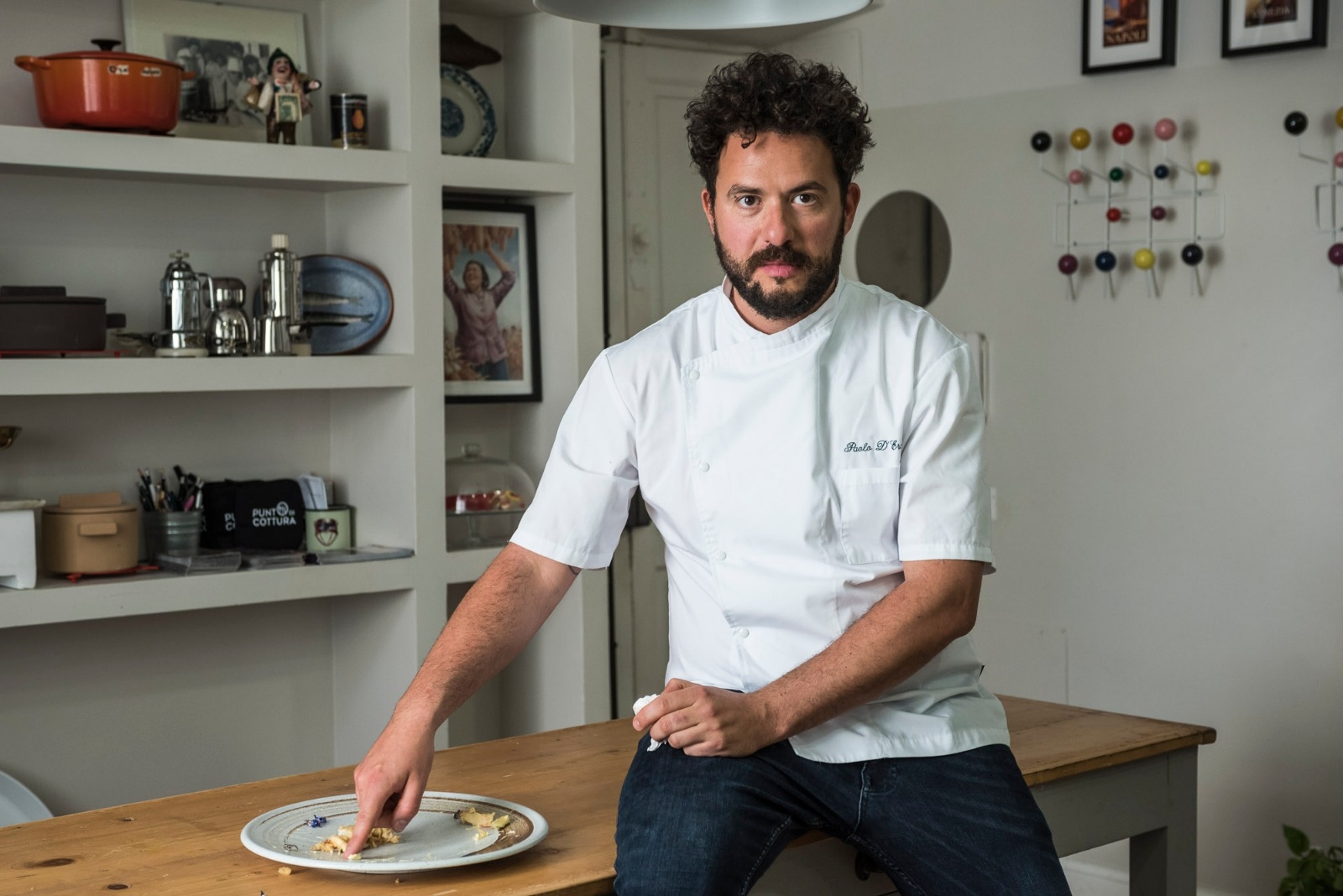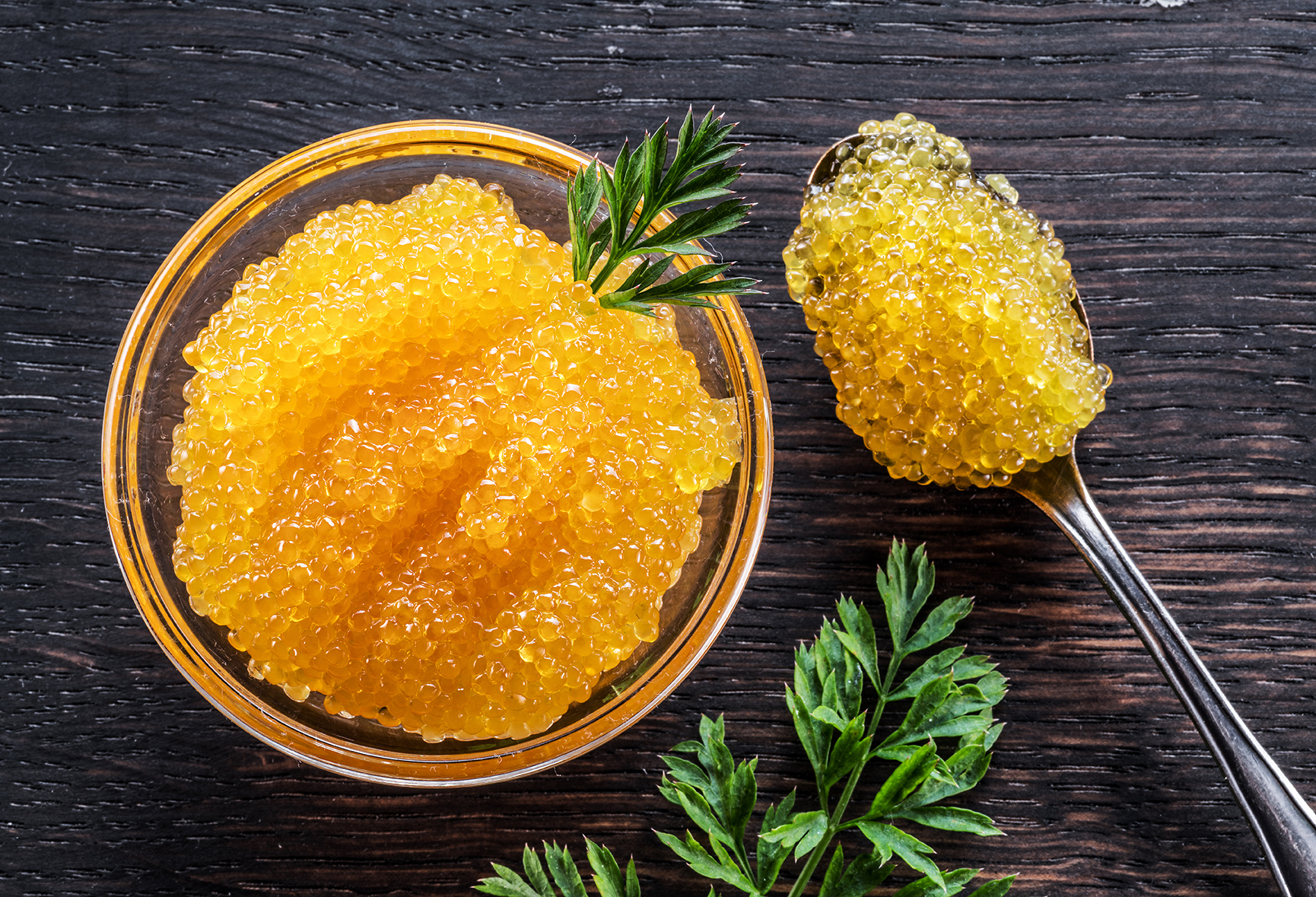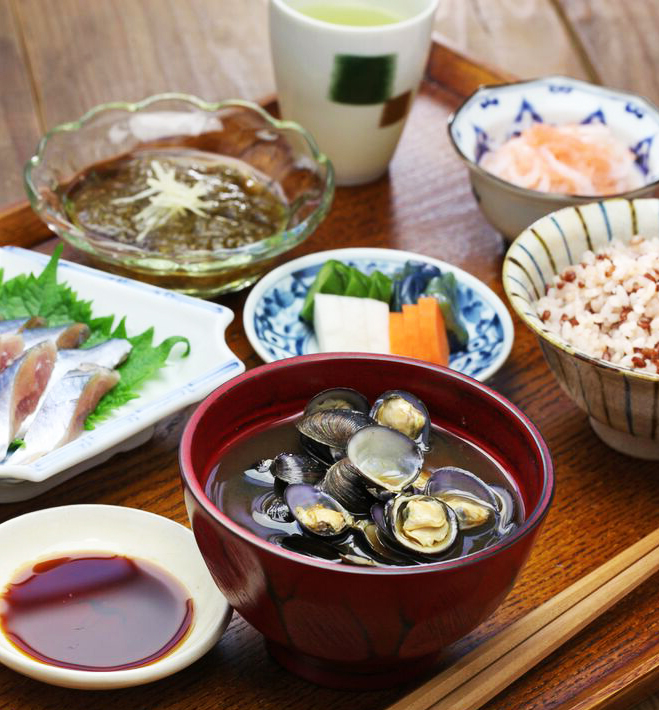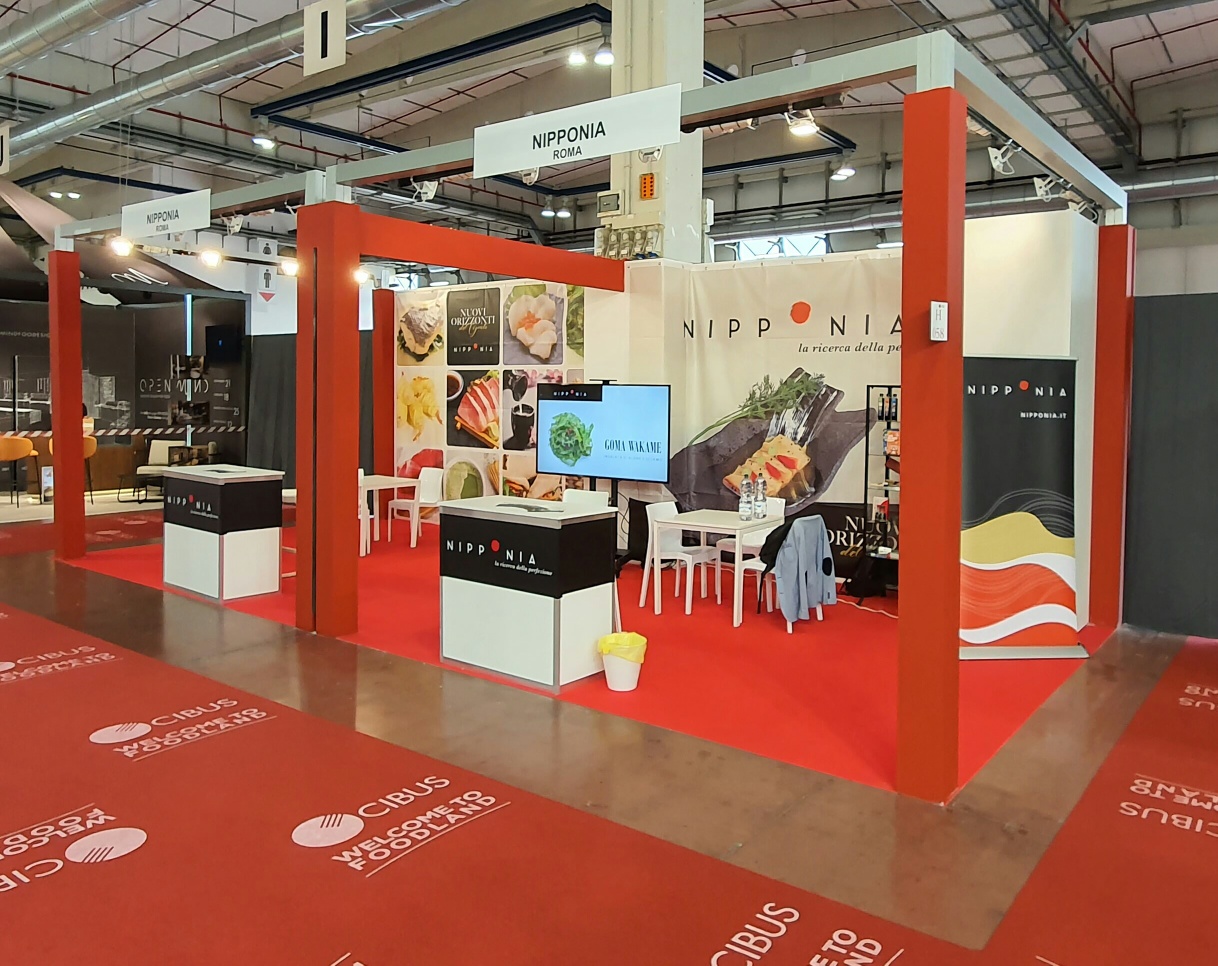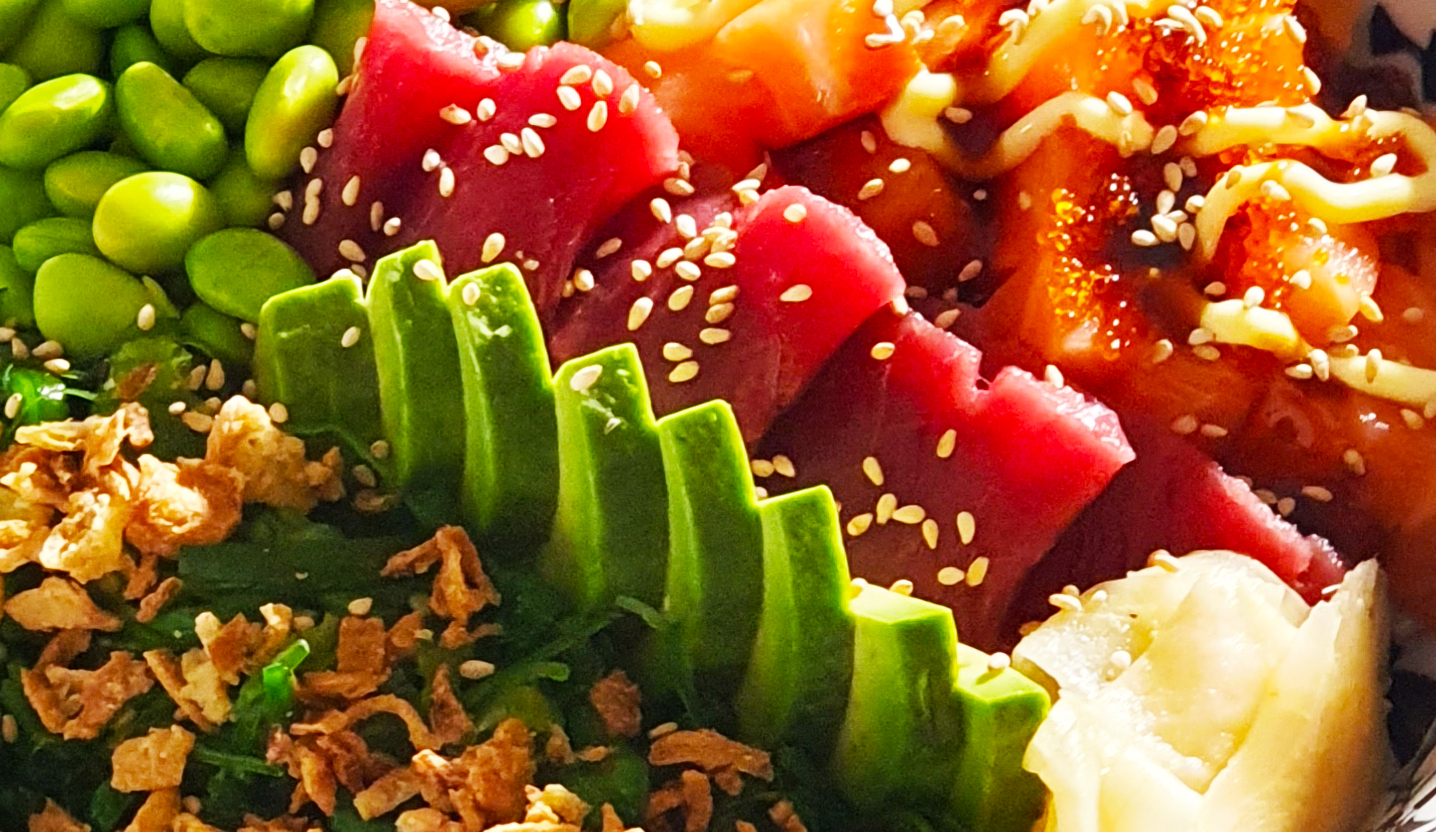What future will fusion cuisine have in Italy?
Fusion cuisine is a culinary movement, born with the process of globalization and thus from the exchange of different cultures. There are various strands and gastronomic trends in fusion cuisine, and in Italy-where this evolution has spread over the past two decades-there has been a prevalent Eastern, Sino-Japanese influence. We talked about this with Paolo D’ercole, head chef of Retro Food and Wine, a well-known restaurant in Rome, who told us about fusion cuisine from his perspective, his experiences in the kitchen and the added value of Japanese products in Italian recipes.
The evolution of fusion cuisine and new trends
Fusion cuisine originated in countries such as Australia, where there has been a great history of immigration and integration-the melting pot. In these places, with the coming together of multiple cultures, there has inevitably also been a fusion of culinary traditions.
In Italy, however, fusion cuisine came later because, as Paolo d’Ercole explained: “Our country has a strong culinary tradition and only recently has it been realized, however, that influences from the world are a great enrichment.”
In our country, Japanese products in particular have been included because they have become a trend in cooking. As Paul tells us: “Japanese cuisine is a fun and challenging cuisine for an Italian cook; from the use of professional utensils-think Japanese blades-to the variety that this Eastern cuisine offers, such as foods and colors. Japanese cuisine is a philosophy.”
Fusion cuisine and reinterpretation
By reinterpreting traditional dishes, the cuisine becomes fusion and evolves, creating specialties in step with the times. This reinterpretation, as Paul explained, has nothing to do with revisiting a traditional dish.
“If I cook a typical Roman dish, in a different way, such as, for example, gricia prepared with artichokes, I do a reinterpretation. Instead, reinterpretation is something else; it is related to a cook’s experiences, coming into the world, studying, documenting, and reading. And important to understand why that dish is made the way it is in that country, the historical and cultural reasons. The cook must be a messenger, a vehicle of something that has deep meaning. Reinterpretation is only possible by studying cuisine from around the world, scents, preparation techniques, cooking techniques and flavors.”
Experience from other dishes of the world is therefore important in the preparation of a fusion dish, which becomes, therefore, something inescapably subjective.
Juxtaposing ingredients that go well together is not enough. A dish is fusion when it is totally immersed in the philosophy of the original and oriental ingredients. The dish must evoke an emotion, feelings, in those who taste it.
To see the fusion recipe video click
HERE
Japanese products: what they give extra to the plate
Asian cuisine is about the proportions between foods, between crunch, color, quantity, softness, and all these sensations must be included in a fusion dish.
These ethnic ingredients, therefore, give a different note to Italian ingredients and vice versa. Paul told us that some, for example, have a chewiness you don’t expect or deeper flavors, pungent and spicy.
Japanese ingredients-and even preparation and cooking techniques-provide a traditional Italian dish with something unexpected, enhancing it, for example, with a different savoriness or spiciness or an unusual crunchiness.
Japan has taught us what umami taste is, and it is then up to the cook to know how to decline it, for example, on meat, fish or dairy. Finally, the colors of some foods also give great chromatic value to the dish.
The Japanese-Roman fusion cuisine of Paolo D’ercole
Paolo D’ercole is head chef of the restaurant Retro Food and Wine in Rome, and what drove him down this path was a great curiosity and the fact that, from his point of view, cooking and eating are two ways to be close to the people you love.
And so, Paul abandoned his university studies in modern literature to start studying something else, a new world, that of foods and traditions.
“I am an autodidact – he told us. – I learned by cooking and studying on my own. I would go two or three hours before working hours to the kitchen to learn, I peeked at the ladies at the Market by Campo di Fiori, to see how they cleaned artichokes. I have traveled and tasted culinary diversity.”
The cuisine proposed by Paolo d’Ercole is traditional and in the historical Roman dishes he adds Asian ingredients to enhance and enhance them.
“I would call mine a cuisine Roman – ethnic and a pop cuisine, not meant as modern, but rather as popular, traditional, and understandable. My fusion dishes approach the audience with trendy exotic flavors with an accessible oriental taste.But in my cooking, tradition is always there, but with that hint of novelty from the East, to give those who try my recipes a chance to travel far away.
Eating must be an emotion, it must give feelings such as happiness. So not a feeling related merely to taste, but to something really deep. And this is what can make me fulfilled and happy for me and my guests. I have a very romantic way of experiencing cooking.”
Paolo d’Ercole is always proposing something new, his fish menu, for example, changes every day, because he is a great believer in the continuous growth of a cook, in the importance of always learning new things, experimenting and reinterpreting traditional tastes and also recovering those products that one day will probably no longer be cooked such as cardoons or some varieties of blue fish.
